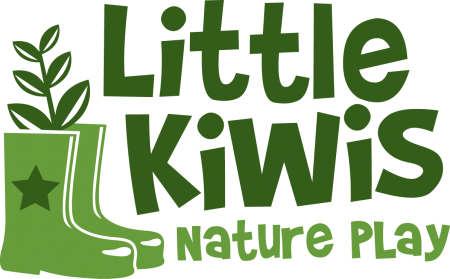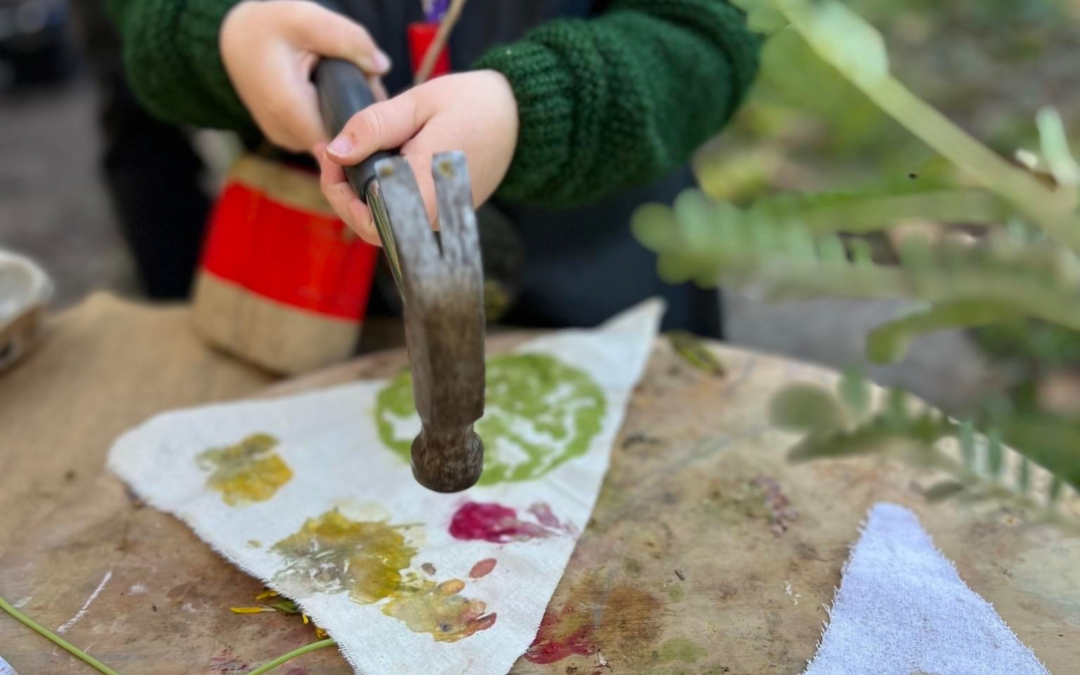‘How can we bring nature in’ is a question I am asked often and one that is very relevant in ECE, primary schools and beyond. As teachers, we have the super important job of helping our young tamariki grow into awesome little beings. We’re talking about sparking their love of learning, nurturing their whole selves, and giving them the best start possible.
And guess what? We’ve got a secret weapon – nature! That’s right, by adding a little bit of green to our teaching, we can help them feel happier, healthier, and more connected to the world around them.
Incorporating nature into your everyday teaching does not have to be limited to taking tamariki on excursions to parks and nature reserves. While I absolutely advocate for going beyond the gate regularly as it helps develop a sense of belonging. It is not the only way!
Nature is something that can be seamlessly woven into everyday sessions, both inside and outside the classroom.
With a little imagination and creativity, it’s entirely possible to weave nature into not only your education setting but your pedagogy too.
The easiest way to do this is through natural materials. Instead of turning to plastic materials, which can be harmful to the environment and children’s health, using natural materials such as wood, stone, clay, and wool can enhance children’s sensory experiences, promote creativity and imagination, and safeguard the environment.
In our Bush Kindy, we have a philosophy that nature can provide what we need for play. If tamariki ask us for something we often pose the question ‘How could we make that out of the natural resources around us’. We don’t need to always buy toys for play, we can try and make them, or children can make them with a little bit of imagination, creativity and te taiao.
Here are 3 areas to consider when thinking about embedding nature into your everyday teaching and a few ideas to help:
Create a Nature-Inspired Indoor Environment
- Make your inside environment feel more connected to nature by incorporating natural materials like wood, rocks, and plants into your decor. Having these natural elements helps bring calm to your space.
- You can also create opportunities for sensory exploration by providing nature-based sensory tables, play invitations and discovery areas. Materials, such as wooden blocks, pebbles, pinecones, leaves, acorns, rocks, flowers, feathers and clay can support this kind of play for tamariki.
- Have a natural-themed loose parts play area which could include wooden blocks, driftwood, pinecones, shells, and wood cookies.
- You could make some resources from natural materials to add to these spaces for example, use Harakeke to make dolls, balls, kete or boats, or use plants to offer some weaving, natural dye or flower pressing.
- Encourage open-ended play and exploration by including tools like sticks, shovels, sifters, and magnifying glasses.
- Have nature-inspired books, music, and stories and promote a sense of ecological awareness and use tikanga and mātauranga māori to weave in cultural connection.
Bring Nature into Daily Routines
- Incorporate nature into daily routines such as kai time, naptime, circle time, story time and through singing.
- Karakia, waiata and pūrākau can be used to not only share and connect with te ao Māori, but also it’s a way of learning about the natural world, the different atua and how interconnected te taiao is.
- Teach a karakia that weaves in natural elements or atua that can be talked about and extended on.
- Consider planting herbs or vegetables for the tamariki to tend to and harvest during snack or lunchtime.
- Daily watering or checking of the garden, checking the worm farm and tidying the outdoor spaces, shows care and teaches a deeper understanding of the seasons and the evolution of their environment.
- When picking up natural resources to repurpose in another way e.g. a stick, we can encourage tamariki to thank Tāne Mahuta for the taonga.
- During naptime, consider implementing a calm-down corner with nature-inspired artwork or a sound machine that plays sounds of nature. This can be a peaceful place for tamariki to rest and reconnect with nature.
Outdoor Learning and Play
Outdoor learning and play is a fantastic way to incorporate nature into your environment and let’s be honest it is probably what we all think of first. Take advantage of your outdoor space, whether it’s a playground, concrete area, garden, or nature trail, to provide opportunities for tamariki to connect with nature.
- Outdoor play areas can be transformed into realistic and exciting adventure zones by providing tamariki with plenty of opportunities to explore and connect with nature. Designing natural play spaces that encourage tamariki to climb trees, walk barefoot on the grass, dig in the soil, and even water plants can help them develop their gross motor skills and enhance their sense of independence and self-confidence.
- Consider children’s schema and risky play needs in your nature-inspired play spaces to support your children’s growth, development and sensory needs and set up our outdoor space for play and learning. This looks like assessing the outdoor space for all the schema and risky play opportunities available and identifying what is missing or what could enhance your outdoor space.
- A large loose parts play area is a great way to meet children’s schema and risky play needs especially if there aren’t many high things or trees to climb.
- A mud kitchen with pots and pans and smaller natural loose parts that can be mixed up as potions and will cater for a variety of different play needs including socio-dramatic and schema.
- A sensory garden that children can pick from, eat from and use for potion making. These could be planter boxes if you don’t have a garden area.
- Don’t forget a sand play area and remember – Kids don’t stop wanting to play in the sand pit! Adults condition that out of children by making them out of bounds for older children.
- Having a variety of loose parts to create mandalas, towers, and structures also helps to foster artistic creativity and social interactions.
- Not feeling that confident? Take the learning outside by incorporating nature-focused activities into your lesson plans, such as nature scavenger hunts or nature-inspired art projects. Or just literally take your activity or lesson outside!
By weaving nature into early childhood education and beyond, tamariki learn to develop a sense of responsibility towards themselves, others, and the environment. They grow more mindful of the natural world and their role in protecting it, which forms the foundation for their future actions throughout their lives. It is crucial to encourage tamariki to form a strong bond with nature, promoting environmental awareness, kindness, and empathy.
With some thoughtful planning and creativity, teachers can seamlessly bring nature in, ensuring that every child experiences the benefits of nature, both inside and outside the classroom. So, embrace nature, and weave it into your everyday teaching – for the sake of our little ones and te taiao.
Want support with creating an outdoor environment that supports children’s development and learning? Check out our website for details of workshops, speaking and consultation opportunities.
Celia Hogan is a nature education specialist, parenting coach, speaker and adventurer who is passionate about nature play, risky play, child development and improving mental health and well being. You can follow her on Facebook, Instagram and Linked In. Subscribe to her newsletter for tips and ideas as well as workshop announcements.

